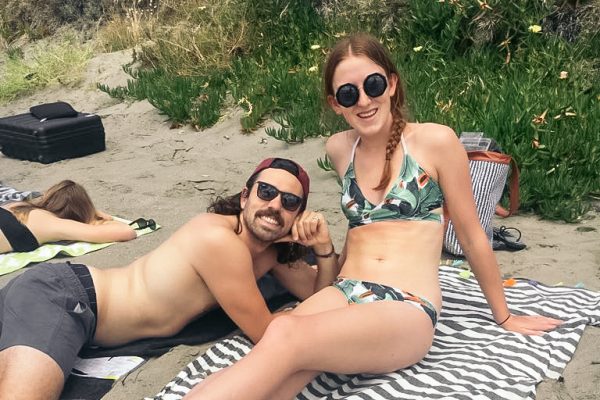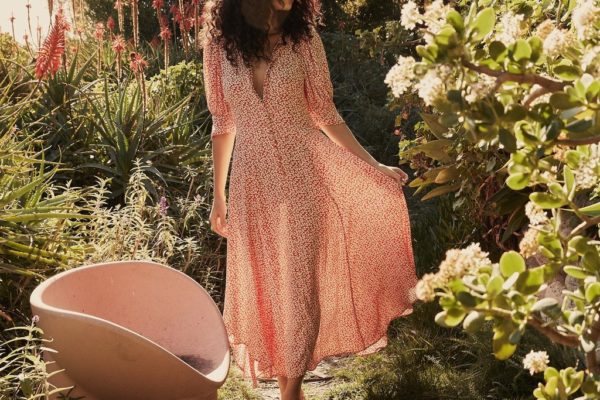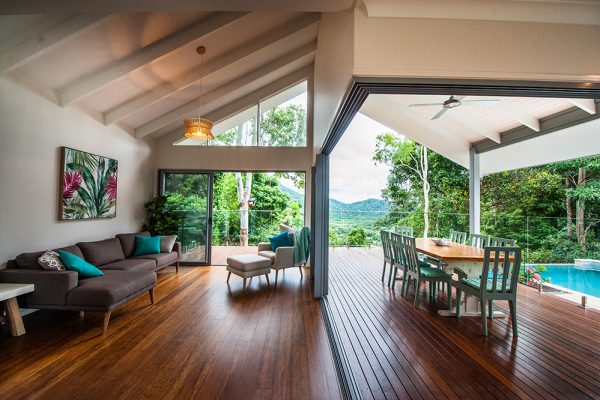Textiles are big business, with the average Australian buying 27 kilograms each year (and then disposing 85% of this into landfill).
An increase in disposable fast fashion culture has led to a shift from natural textiles, such as wool and silk, or plant fibres like cotton and hemp, to man-made synthetic fibres derived from non-renewable petroleum sources (polyester and acrylic).
This has wreaked havoc on the environment, from intensive carbon use to ocean microplastics pollution.
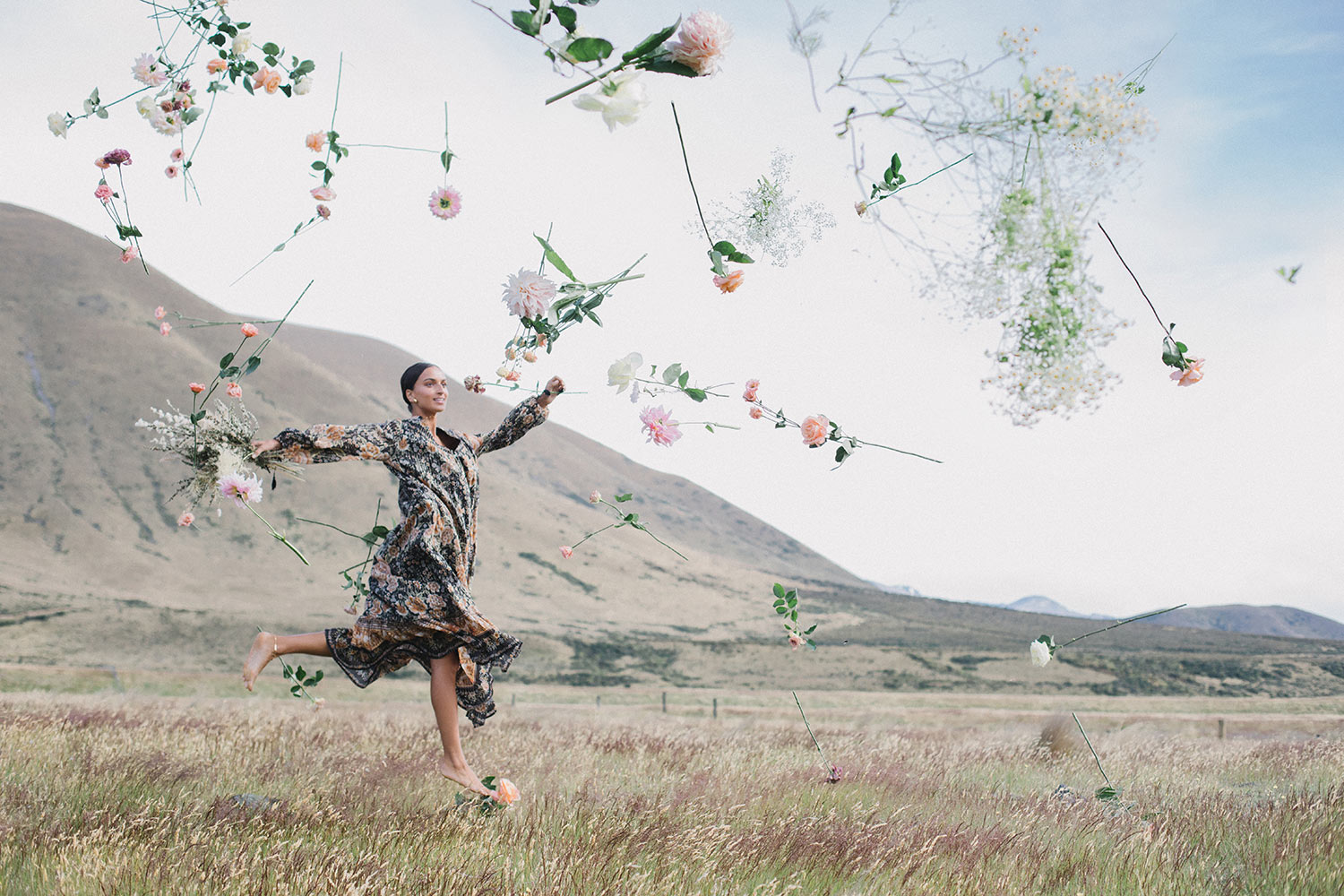
As technology and the conscious consumer have advanced, so has the rise in natural polymer fibres (cellulose fibres) from renewable sources.
Manufactured cellulose fibres are regenerated from cellulose found in plant-based material such as wood pulp, processed through chemical processing and then spun into strands. Not all of these materials are the same, however, with each type improving on the last one’s weaknesses.
They are also not all eco-friendly.
Deciphering these fabrics can all be a bit confusing, so we’ve broken down all the common man-made cellulose fibres below. It’s also important to note that these materials may also need special care when washing, drying or ironing to keep them in tip-top shape.
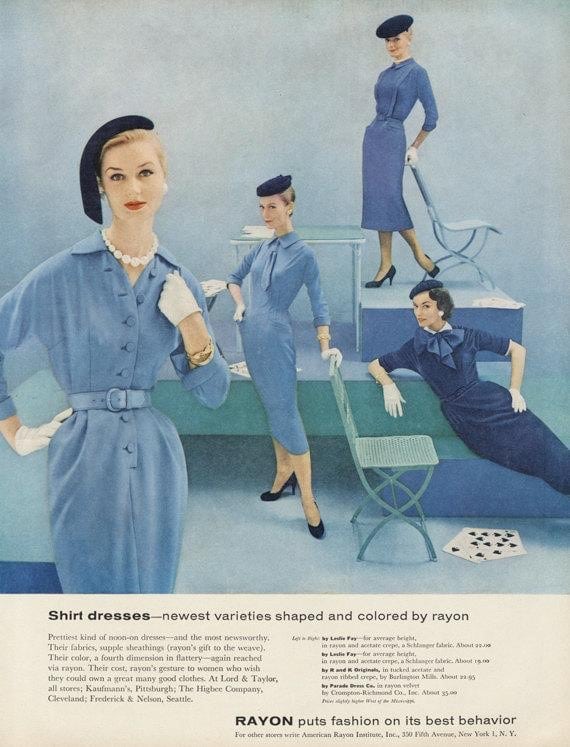
Rayon – “The original”
‘Rayon was and continues to be an important fiber to the textile and fashion industry.’ – Carmen Nicole Keist
One of the most commonly manufactured cellulose fibers and the first semi-synthetic fiber product – Rayon.
It is semi-synthetic as even though it’s plant-based from wood or sometimes bamboo, it requires hefty toxic chemical processing to reform and produce (often using bleach, sodium hydroxide, sulphuric acid, sodium sulphate and carbon disulfate). There are also extensive emissions to air and water.
This puts rayon in the high impact category i.e. not eco-friendly. One of the most remarkable qualities of rayon, however, is its ability to imitate many other fabrics such as silk, cotton and wool including qualities such as softness and breathability. When rayon was first introduced, natural fibres dominated the markets, making it a financially cheaper alternative.
Left: RAYON advert from 1955
Viscose (rayon) – “The faux silk”
Viscose is classified as a type of rayon and is referenced interchangeably, made from wood pulp, and is neither natural nor synthetic due to the extensive chemical processing.
It is dubbed a faux silk, often found in clothing in cheap high-street retailers such as Zara in place of silk or blended with other materials like linen as it’s a cheap and soft material. Viscose can be less durable than other rayon types as it’s processed slightly differently to ensure its lightweight and soft, meaning it won’t last as long as silk and may lose shape.
It is often recommended for garments made from viscose to be dry clean only or hand-washed, here’s a How-To Guide for hand-washing clothing made from viscose or rayon.
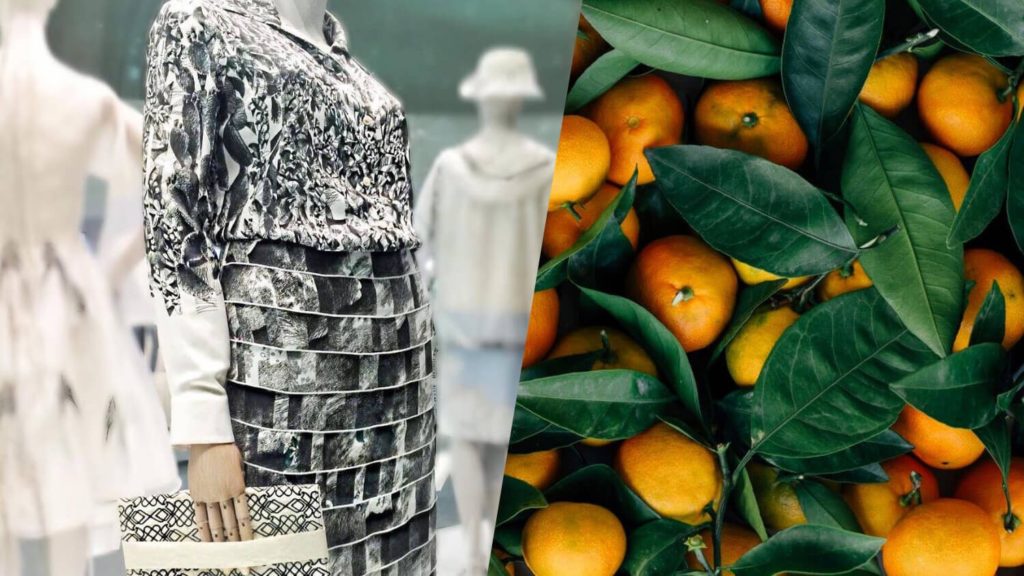
Via Live Kindly
Orange Fiber – “The new kid on the block”
Yes, really – orange waste fabric is a thing. Designers and engineers are taking hold of the fruit waste textile market and have created a world-first in Italy in 2014– Orange Fiber. This material is using citrus fruit waste in a similar process to the other cellulose man-made fabrics, creating a sustainable silk-like yarn. It is generally blended with other fibres such as cotton, elastane and silk, to create a durable and high-quality fabric. The material is saving thousands of tons of waste, applying the closed-loop system. Zesty.
Modal – “The luxury material”
A modern type of rayon – modal. This incredibly soft and luxurious fabric is the posh one of the rayon family, disguised as its own material and developed in Japan in the 1950s.
It is made from spinning beech tree pulp (which uses very little water to grow) in similar chemical processing as the other rayon types, except with less sodium hydroxide making it more environmentally friendly.
Modal is deemed a wonder material, with many qualities that set it apart from traditional rayon types such as its ability to not lose shape when wet (doesn’t shrink), eco-friendlier due to fewer chemicals and use of regenerative plants, it doesn’t pill and it’s stretchy. Modal is generally made in a closed-loop system, meaning no chemicals or water are wasted during the process. Modal material garments can also be washed at home in cold water and in a dryer on low heat.
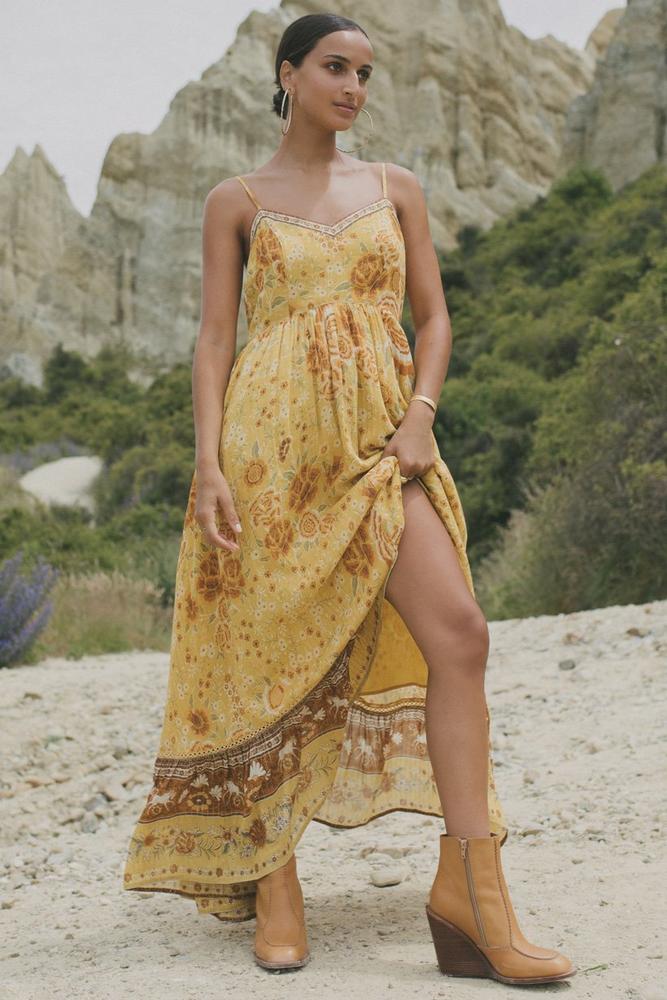
Lyocell / Tencel – “The fabric of the future”
An even more sustainable and environmentally-friendly step up from modal – lyocell or Tencel.
This incredibly versatile and biodegradable material can be made into many different garments, from t-shirts to denim trousers. Lyocell is made from cellulose from eucalyptus trees (using no irrigation or pesticides) or can also be made from bamboo; non-toxic solvents break it all down and then regenerate it into fibres.
Due to its remarkable qualities, such as elasticity, flexibility, breathability and sensitivity, it can be on the pricier side even from natural materials like cotton. It is one of the least toxic man-made natural fibres, also with a closed-loop system.
LENZING™ ECOVERO™ – “The sustainable viscose”
LENZING™ ECOVERO™ fibres are a sustainable alternative to viscose, still made from wood pulp except with closed-loop systems and certified and controlled production and disposal.
This material generates up to 50% less emissions and water impact than traditional viscose and significantly lower use of non-renewable energy. Australian fashion label Spell was one of the first locally to start using ECOVERO™ in their designs.
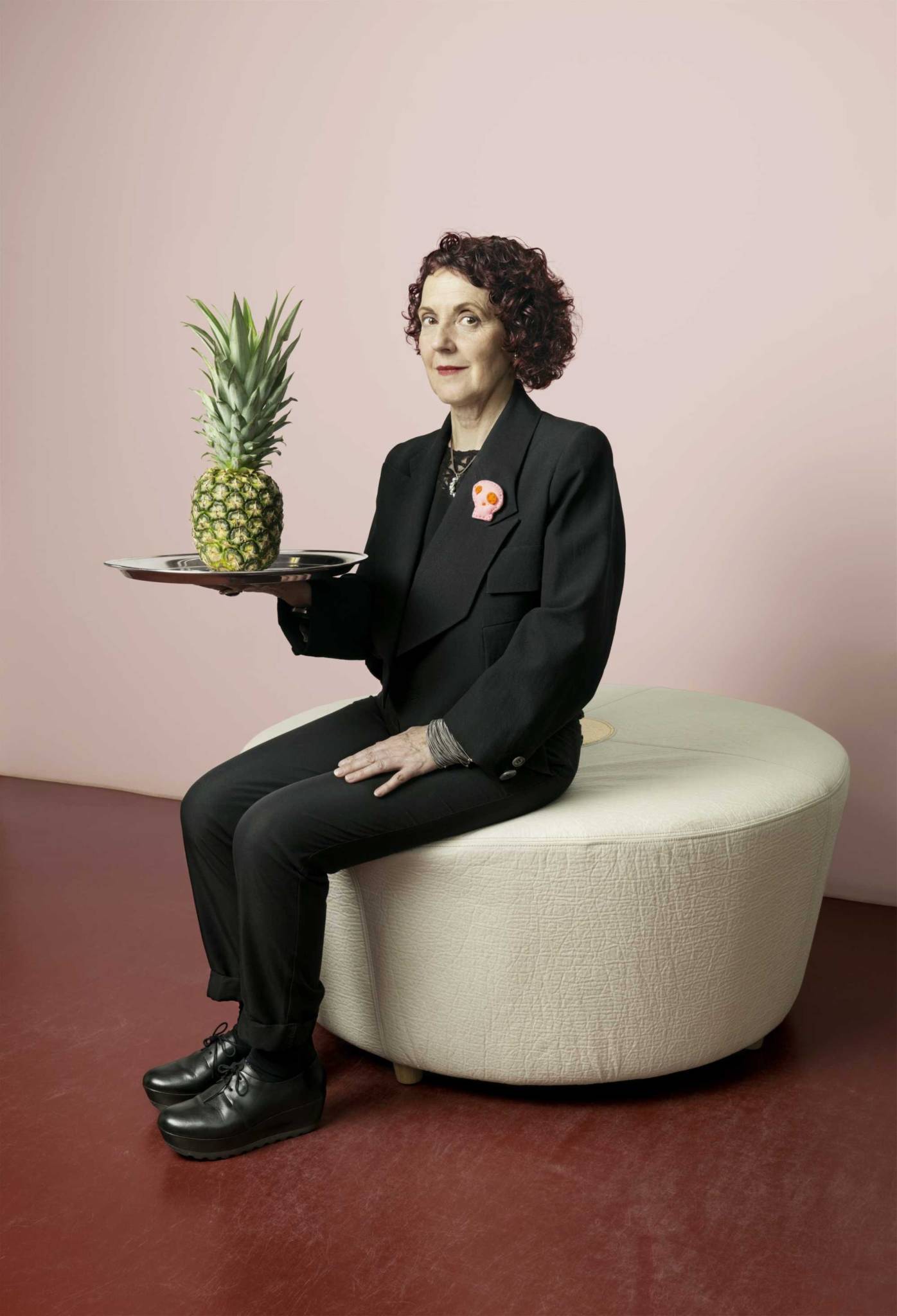
Cupro – “The cotton alternative”
This material is similar to the others, except it uses cotton linter from the cotton plant (linter is from the outside of the cotton plant seed).
This is remarkable considering that previously this material was discarded, meaning cupro is contributing to a closed-loop system. It is made in a similar process to other cellulose fibres, except produces a softer and even more breathable version of cotton. It has also been dubbed the best fabric for people with sensitive skin!
Piñatex – “The sustainable vegan leather”
Who doesn’t love pineapples? Well certified B corporation Ananas Anam does, using pineapple leaf waste to make a sustainable, cruelty free version of leather, developed by Dr.Carmen Hijosa.
This also adds an additional stream of income to pineapple farming communities. The material is perfect as an alternative for handbags, furniture and many other products, promoting positive environmental and social impact on the world. There is some use of nonrenewable and unsustainable energy sources during manufacturing, but there is no perfect man-made material (yet).
Left: Founder and Chief Creative & Innovative Officer for Ananas Anam Ltd – Dr. Carmen Hijosa.
